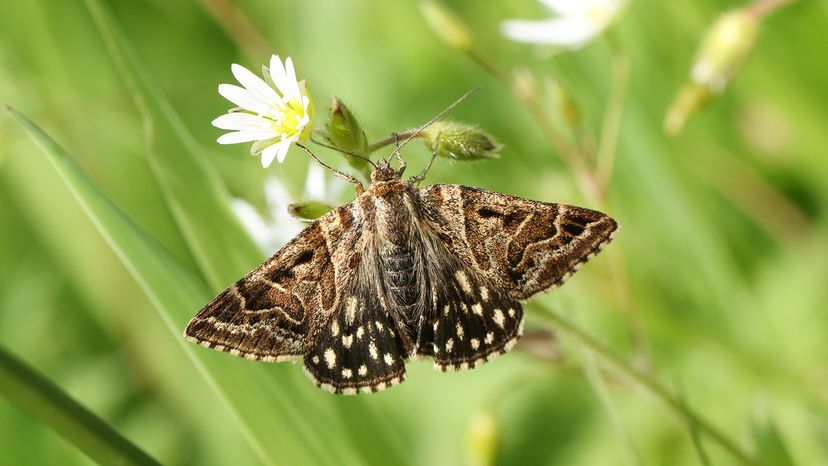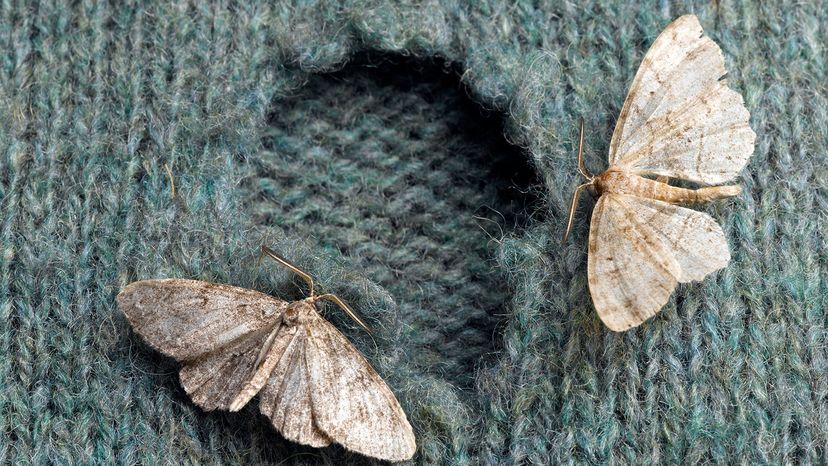
If you’ve ever opened your sweater drawer or pantry and found little holes or suspicious webs, you’ve probably wondered, "What do moths eat? Anything besides my favorite clothes?" Turns out, it’s not the adult moths doing the damage. It’s their hungry little offspring, the moth larvae.
While some moth species sip flower nectar, others — especially their caterpillar-stage kids — go all in on munching natural fibers, grain products and even dried fruit.
Advertisement
With more than 160,000 species worldwide, moths are anything but one-size-fits-all when it comes to their diet.
